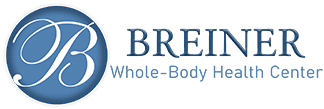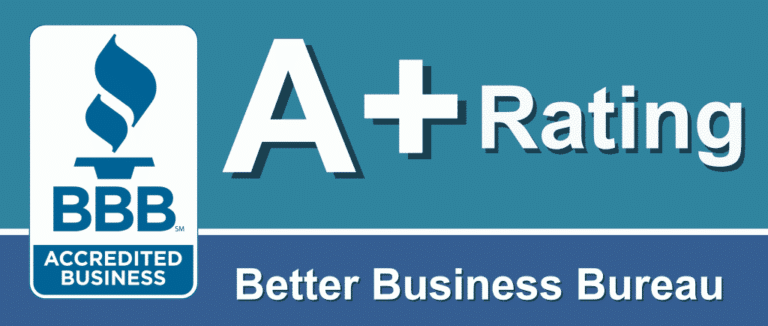Dr. Adam Breiner featured in popular on-line publication MindBodyGreen
by Adam Breiner, ND
According to the Centers for Disease Control, cases of ADHD are up 42 percent since the previous decade. And recent studies further point to this troubling fact, causing parents everywhere to desperately seek answers. Struggles with impulsive behavior, hyperactivity, and the inability to focus can have a major impact on kids’ academic performance, to say nothing of the rising number of adults trying to do well at work despite the fact that they just can’t concentrate.
The good news is that there are highly effective natural alternatives for treating ADHD, both in adults and children.
Lots of people don’t realize that many factors affect your mental performance. Today, as more children and adults display symptoms of ADHD, it’s important to be informed about treatment options. In my own clinic, I’ve experienced tremendous success helping patients of all ages diminish their ADHD symptoms with different holistic remedies.
Consider trying Neurofeedback.
Never heard of EEG neurofeedback? Here are the basics: EEG neurofeedback is a brief, noninvasive, pain-free therapy session that uses an electroencephalogram (EEG) to measure the brain’s electrical activity. During this session, special software prompts the brain to subconsciously eliminate abnormal brainwave patterns. It “rewards” the patient by making a movie brighter or providing audible feedback. Students, athletes, executives, and professionals alike use neurofeedback to improve their performances at work and play. And this therapy doesn’t just treat ADHD; it is also used to help alleviate the symptoms of depression, anxiety, PTSD, TBI, and other disorders.
EEG neurofeedback’s success at treating ADHD was highlighted in a recent study. Subjects that received neurofeedback experienced increased beta and alpha waves, which are responsible for alertness, concentration, and relaxation. Additionally, they showed a decline in delta and theta waves, which are associated with drowsiness and deep sleep.
Neurofeedback is a safe, simple, and fun way to eliminate abnormal brainwave patterns and help kids and adults alike grow toward optimal health.
Keep your diet in check.
Make sure you are eating a balanced diet made up of proteins, vegetables, and healthy fats. Your body is designed to eat these foods and will perform at its best when you stick to these guidelines. And be sure to focus on the quality of your meat, vegetables, and dairy products. The quality of your food is also important. Buy free-range and organic whenever possible.
Try to stay away from foods that may increase ADHD symptoms. Avoid foods containing artificial dyes, which have been linked to hyperactivity in children. Limit your gluten and grain intake (or quit them altogether). Finally, avoid sugar and refined carbohydrates like white rice, bread, and chips—which your body treats the same as sugar.
Sugar is particularly problematic, because it causes cycles of sugar highs and crashes. Sugar makes you feel great temporarily, but after your body quickly processes it, you feel lethargic and drained—not to mention that sugar burdens your liver, pancreas, and brain.
Rule out potential food sensitivities.
Sometimes undiagnosed food allergies, sensitivities, or intolerances can cause inflammation and ADHD symptoms. Wheat and dairy are common culprits. Have you been feeling anxious, scattered, or noticed that your attention span has changed? Try cutting out a suspected food for at least 30 days and take note of any changes you experience. You may also want to consider getting tested for a possible allergy.
Get out and exercise.
Movement is key in helping children and adults maintain a sense of calm and well-being, as well as focus and clarity. It’s not surprising when children fidget in the classroom, because neither children nor adults were meant to sit still all day at a desk. Throughout history, humans climbed, walked, ran, and lifted for their very survival. Even though we no longer have to move, we still need to move! So make sure you find a way to exercise every day. Work out at the gym, play a sport, or go for a run—and be sure that your children have opportunities to exercise as well.
Rethink your sleep habits.
For high-quality sleep, try adjusting your bedtime habits. First, stop using electronics at least an hour before bedtime. Sleep in a totally dark room; use blackout curtains if you live on a bright street. Avoid blue or white light at night, and opt for orange or red lighting instead. Light sleepers can use a sound spa to drown out ambient noises. Keep the room cool at night. Turn off the Wi-Fi before going to bed, and store your cellphone in a separate room. Finally, try meditation or deep breathing exercises so you can relax and drift off to dreamland.
Growing children and adults alike need at least eight hours of sleep a night. Adequate rest allows the body and brain to repair and will help improve your focus.
Get plenty of “green” time.
A recent study suggests that spending time in natural settings may improve symptoms of ADHD in children. Make a point of spending family time outdoors as often as possible. When it’s nice outside, let your kids do their homework in the backyard, go for a stroll in the park or in natural areas, and don’t miss an opportunity to get out in the fresh air and sunlight.
ADHD doesn’t have to control your life any longer. Optimal mental performance can be easily achieved without medication. Best of all, these remedies will improve other areas of your life as well. EEG neurofeedback—along with healthy daily habits—will help you regain your focus, improve your performance, and at last live up to your full potential.
Unlike prescription medicine, the following natural treatments for ADHD—are free of side effects. So if you or someone you love suffers from ADHD, keep these natural alternatives in mind.


